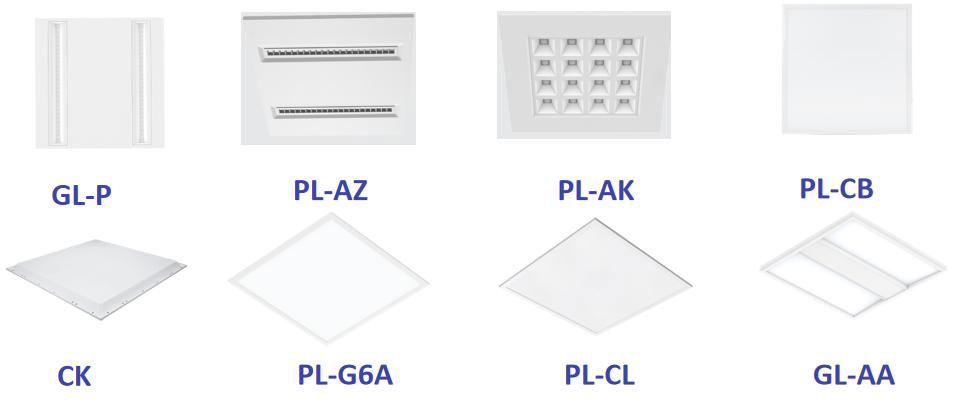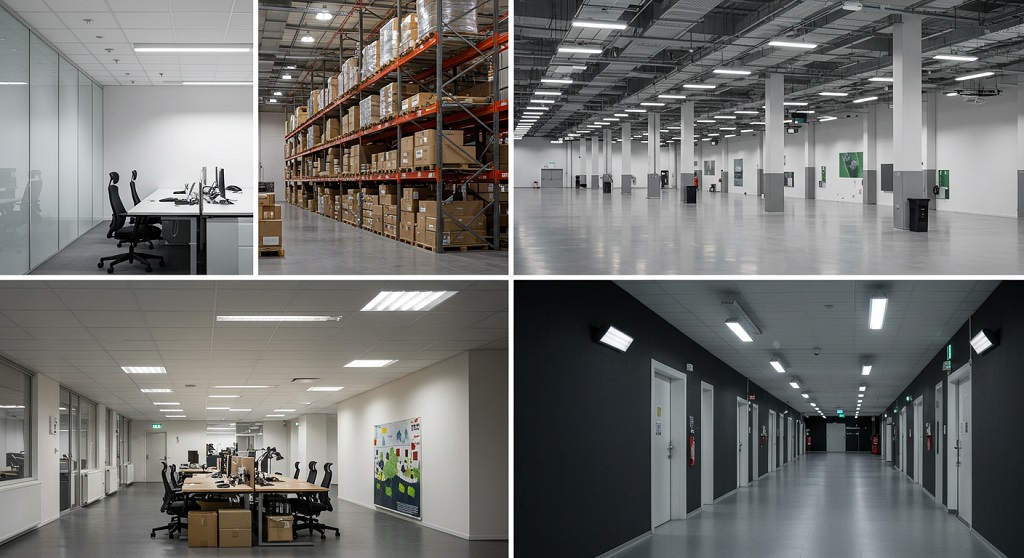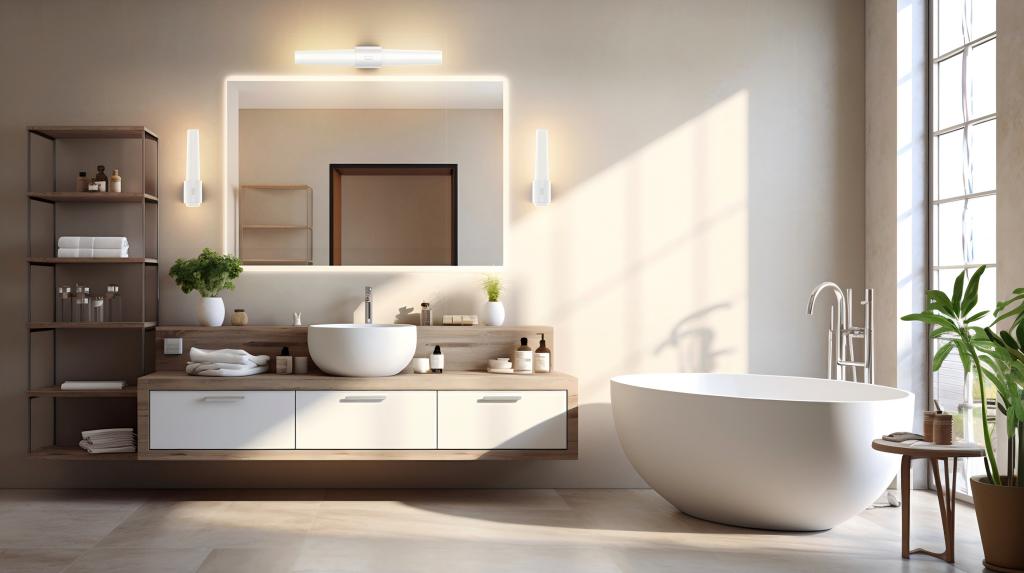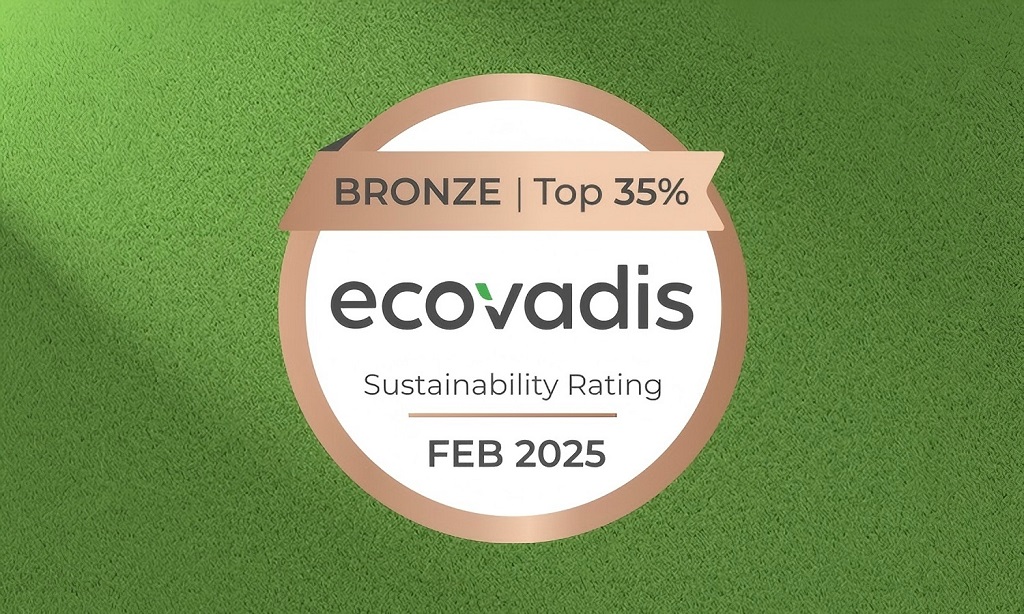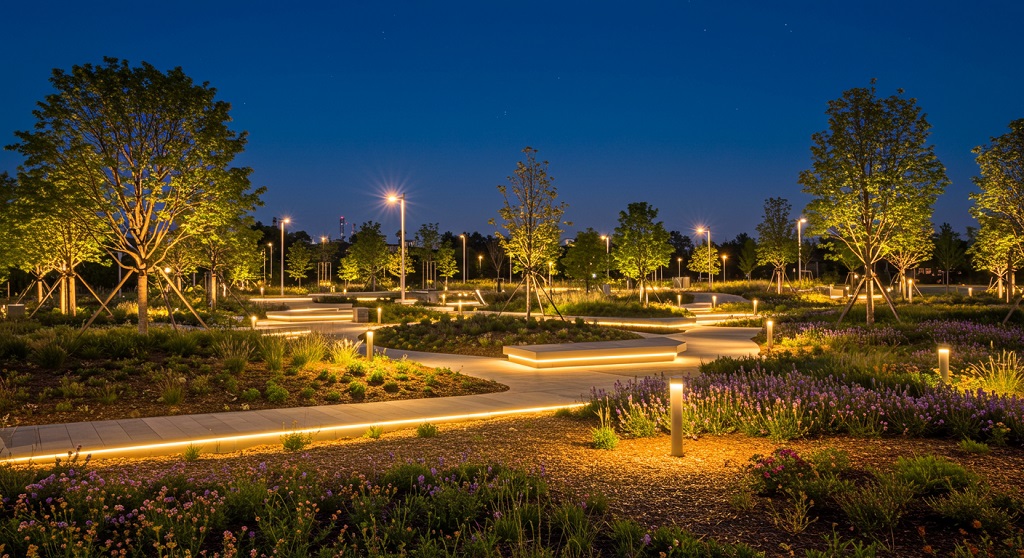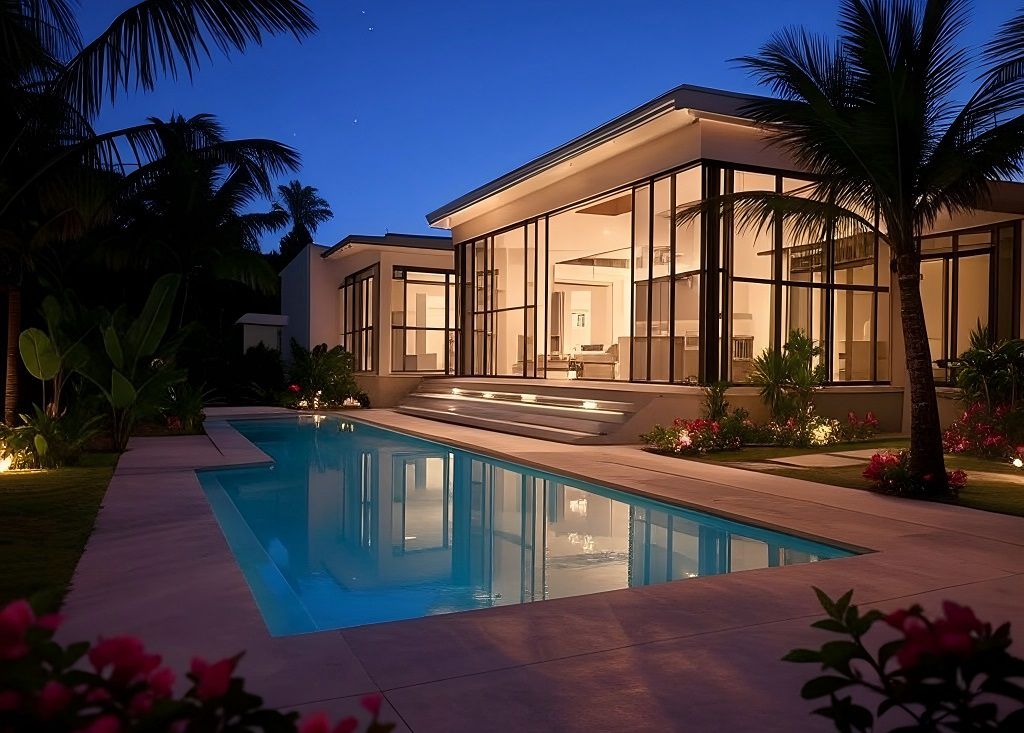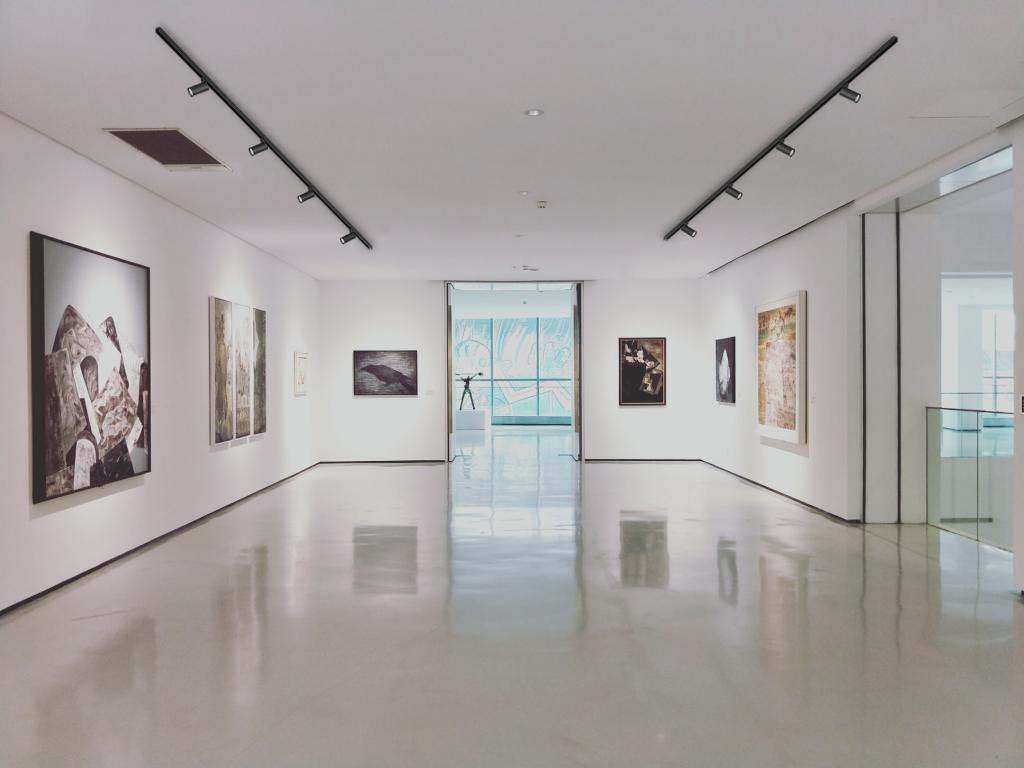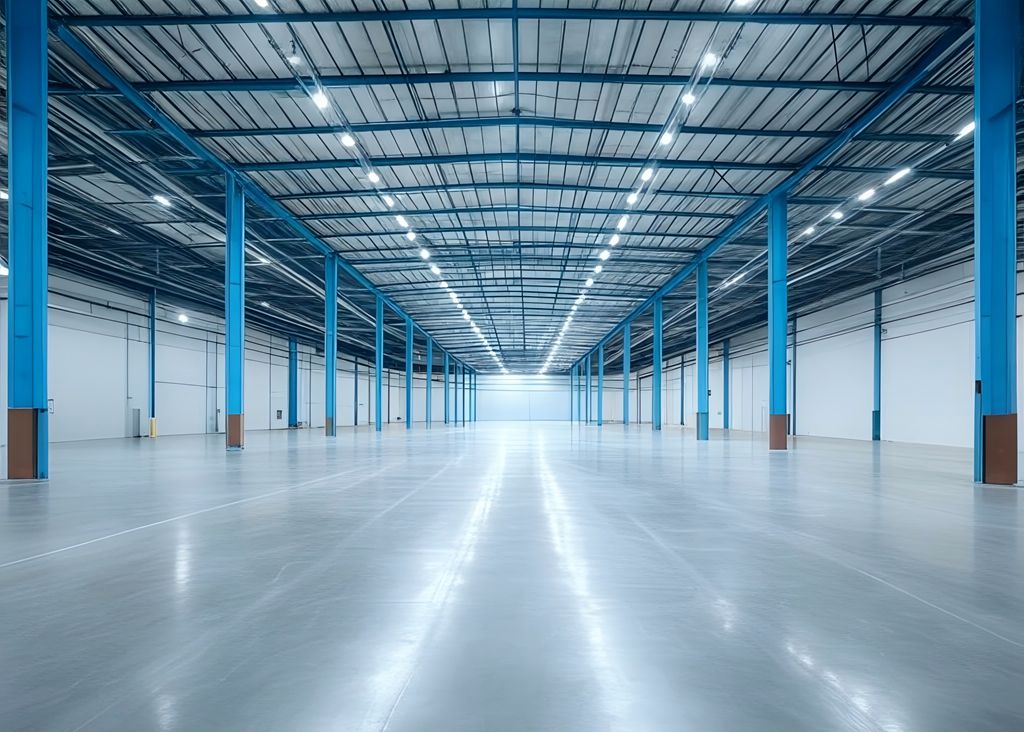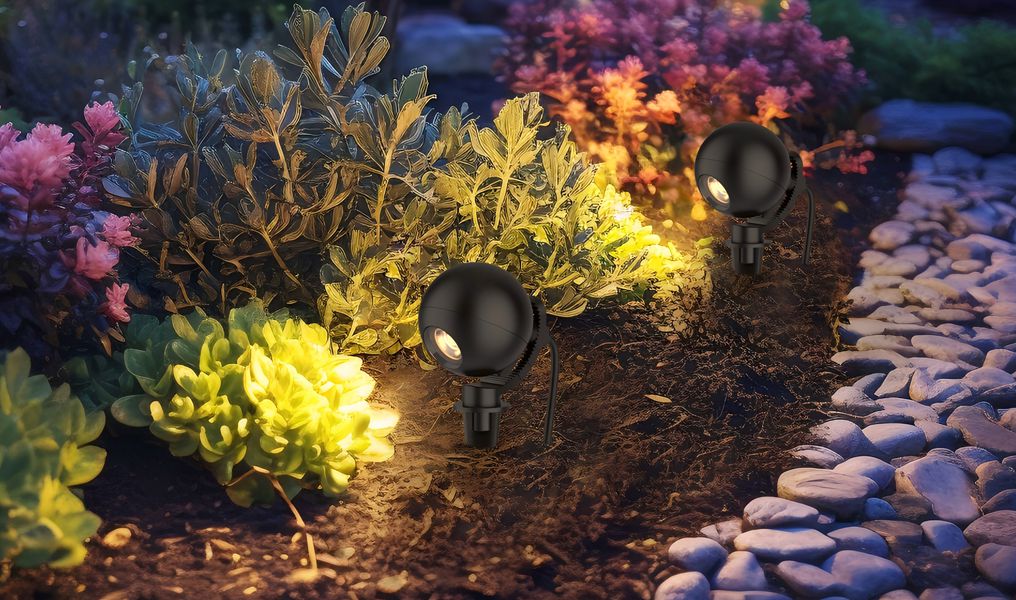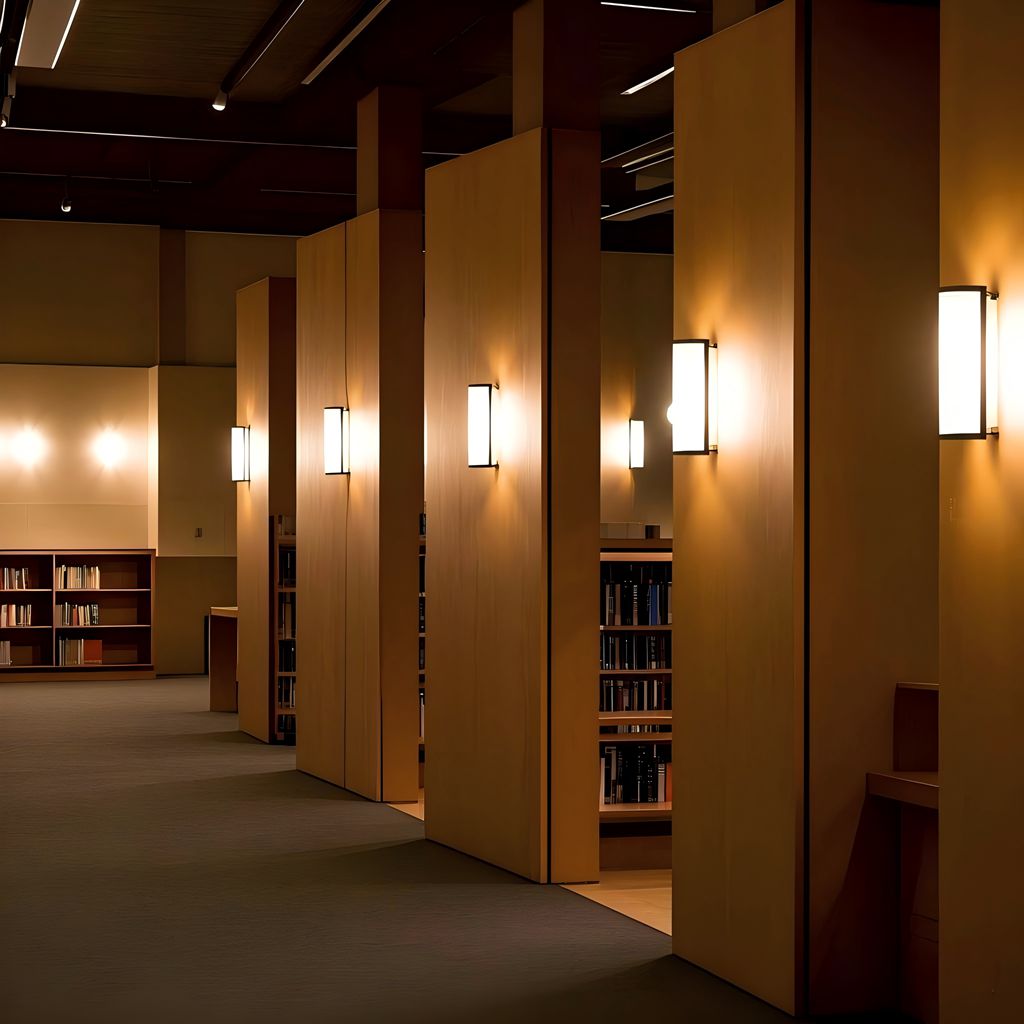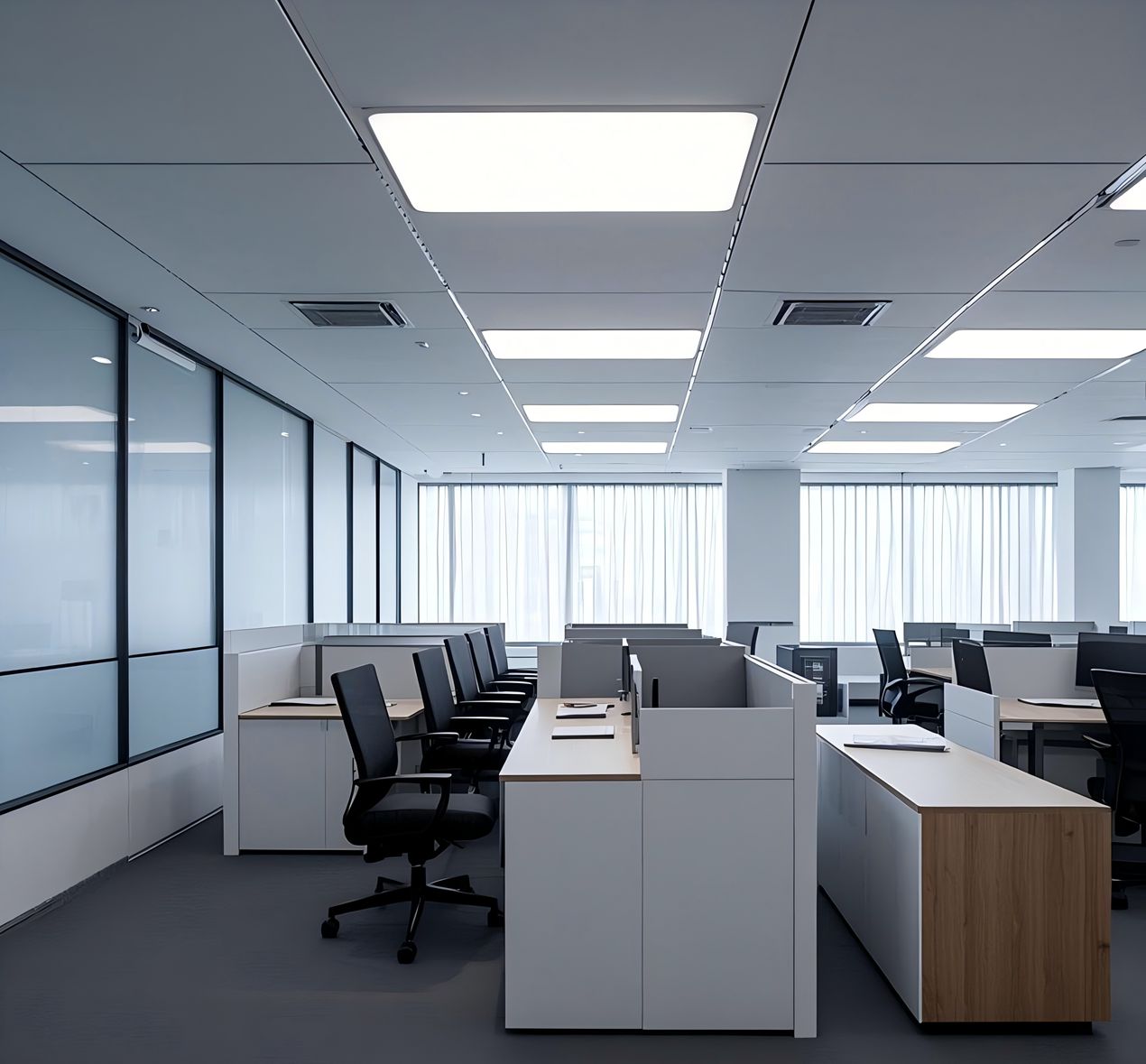LED panel lights are now becoming popular on the market and are one of the best lighting options for indoor use due to their easy installation, stylish design, and good light effect. However, many consumers might find a phenomenon that many of the panel lights purchased no more than one or two years will appear yellow. How come it occurs? And how do we choose panels that won’t get yellow?
Now let’s check out the reasons below.
In the common case, many led panel suppliers use similar led light sources but the major difference is the material of LGP(Light Guide Plate), a key component of LED panel, whose material will have a significant effect on the light performance, lifespan and most importantly, the yellowing phenomenon.
There are two common types of LGP used in producing LED panels.
Type1:
“Polystyrene is a synthetic polymer made from monomers of the aromatic hydrocarbon styrene. Polystyrene can be solid or foamed. General-purpose polystyrene is clear, hard, and brittle. It is an inexpensive resin per unit weight. It is a poor barrier to oxygen and water vapor and has a relatively low melting point" from Wikipedia.

The most common material that many suppliers are using to produce LGP. It is a cheap option for LED panels. PS is easy to produce and incise with excellent chemical stability, optical transmission, and insulation characteristics which can be used in a moist environment. But the most disadvantage is it will become yellow over time due to wear and tear and will get fragile due to low impact strength and bad weather resistance.
Type2:
PMMA (known as acrylic)
PMMA is one kind of material belonging to the important acrylic family of resins, transparent and rigid plastic often used instead of glass in products like shatterproof windows, illuminated signs, skylights, and aircraft canopies.

PMMA has very high light transmission like polystyrene, which allows light to pass through well while requiring less power with good durability. Besides, it has a high heat tolerance and resists UV light so they won’t yellow ever. Less power to achieve higher efficiency ensures the LED light source inside works well. However, the disadvantage of it is the high heat tolerance material costs more than PS. However, we have to admit that PMMA is a trouble-free material option for led panels at present.
What About UPSHINE Panels Light Quality?
Upshine LED panels are all produced with high quality LGP in case the light guide plate turns yellow color after use for a long time. Therefore, USHINE clients also can relieve to pick anyone their like without fear of such a problem. The following are Upshine hot sale panels serious.
Note: The link following are more details about UPSHINE Panel Light, just click and learn more:
https://www.upshine.com/products/led-panel-light/
https://www.upshine.com/blog/straight-down-light-vs-side-lighting-light.html
https://www.upshine.com/blog/how-25mm-slim-backlit-panel-saves-shipping-cost.html

